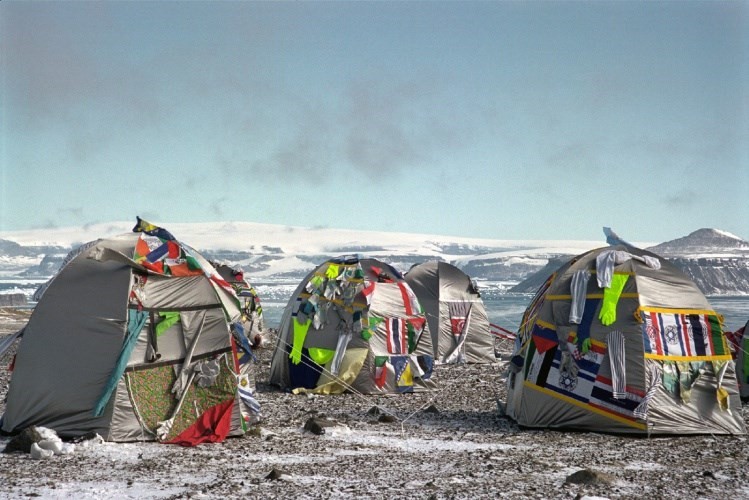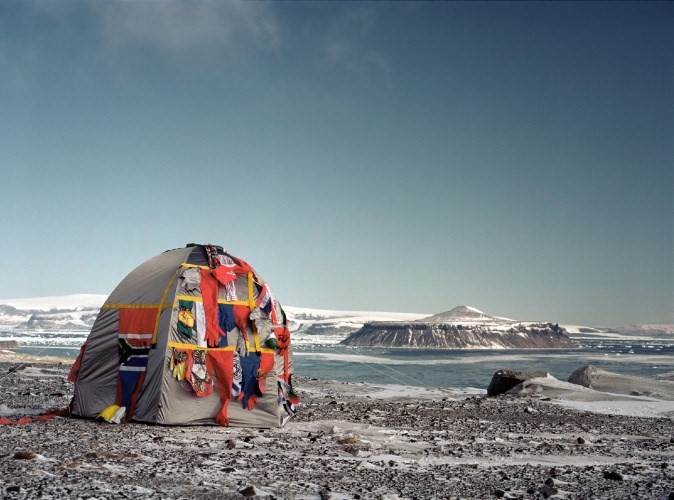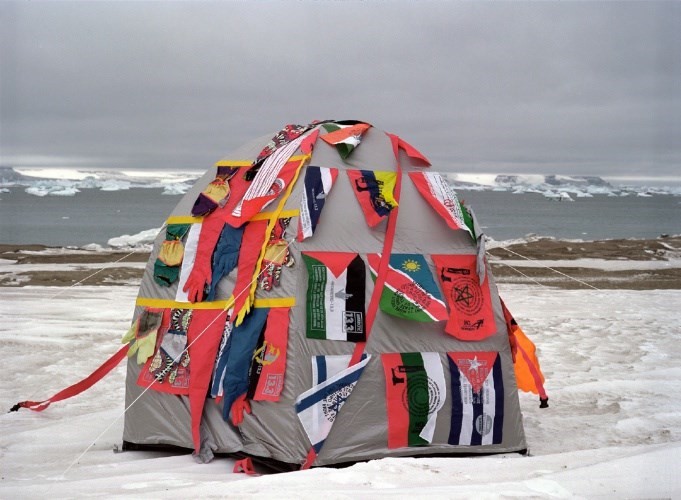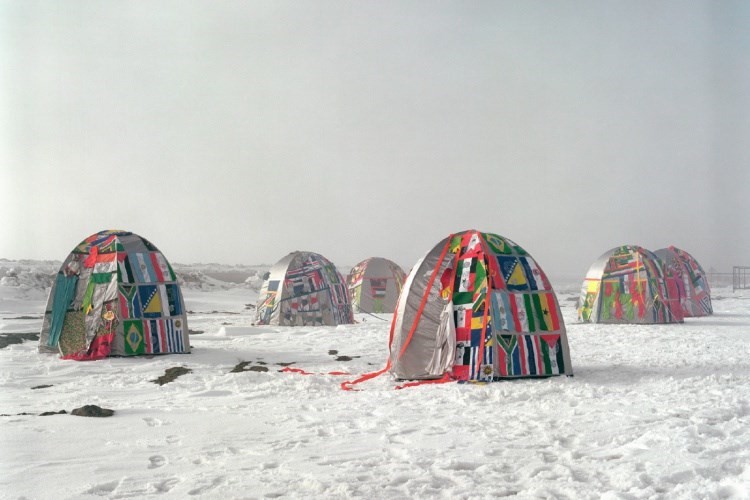A fortnight ago, world leaders gathered in Paris to debate the future of life on planet earth for COP21. The event was the latest conference in a 20-year process of international talks that started in Berlin in 1995, and it culminated in a global mediation, setting targets intended to save the world from climate change. Before this Paris meeting – even as temperatures rose, the Arctic got drilled and the weather got weird – two decades of talks and meetings had failed to reach any semblance of international agreement. No targets had been set, no promises to cut CO2 emissions, no pledge to limit global warming to 1.5 or even 2 degrees above pre-industrial levels and no promises to help the most vulnerable countries – those least responsible for climate change and worst effected by it – to adapt.
But this weekend, progress was finally made. Transitioning from a fossil-fuelled economy and saving the world from climate change will take more than an international agreement, but for the first time in the history of the COP process, diplomats, politicians, climate campaigners – all of humanity has something to celebrate. Here's what you need to know about the Paris agreement...
1. We have a deal (and it's promising)...
In a feat of diplomacy, 195 countries have signed up to a climate deal known as the Paris agreement – one that is far more ambitious that anyone expected it to be. The deal sets an aspirational goal to limit global warming to below 2°C, and to strive to keep temperatures at 1.5°C above pre-industrial levels. Wealthy countries have also agreed to raise $100bn (£66bn) a year by 2020 to help poor countries transform their economies and prepare themselves for climate change.
2. It's still not enough: Climate change is happening now
If we want to limit global temperatures then we need to leave 80% of all fossil fuels in the ground. The Paris agreement cannot create the policies to force a transition away from fossil fuels, to shift to clean energy sources or to end deforestation. Unless governments use the momentum of the Paris agreement to create national environmental policies (like a ban on fracking and investment in renewables), the agreement will be nothing more than words.
3. Collectively, we can save the planet
We have to get used to talking about climate change as the greatest threat to all our futures. It doesn’t feel urgent – like a pay-day loan or a war with Syria – but if we don’t prepare for it by fighting for a low-carbon world today, then our children are going to be in serious trouble. We cannot beat climate change on our own. No amount of energy saving light-bulbs or locally sourced produce will save the planet. But we can build a sustainable future together. There are groups that we can join to exert our political power. 350.org have shown us again and again how normal people can challenge the might of the fossil fuel industry. It is up to us to ensure that our politicians rise to the challenge of this new climate deal and act on it.






